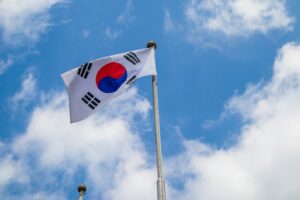Trade Dress is a type of trademark that may not be directly specified in all trademark laws but is relevant in some form. As explained in the book “Intellectual Property in the New Technological Age”, Trade Dress may be best defined as the characteristic of a product’s visual appearance that signifies the product’s source to consumers. It encompasses a product or service’s design, shape, colour scheme, packaging, and overall aesthetics. This could include a wide variety of things, such as the box that contains the product or even the overall “feel” of a restaurant franchise.
Trade dress protection protects the look and feels that distinguishes a product. It’s one of the many tools that IP law provides businesses to establish an identity that sets them apart from their competitors.
Trade Dress vs Industrial Design
It’s easy to confuse Trade Dress with another regime of IP, Industrial Design, as both concern aesthetics and visuals. However, there are important distinctions.
The industrial design commonly refers to the protection of the aesthetic aspects of a product’s shape, configuration, pattern, or ornamentation. It mainly focuses on a product’s physical design or visual features, such as shape, texture, or surface patterns. Meanwhile, Trade Dress covers a broader range— such as the overall image, appearance, and presentation of a product or service. More importantly, Trade dress could extend beyond the look of a product and may encompass advertising materials, store layouts, product packaging, as well as various other elements that could be associated with the product’s visual presentation. Furthermore, Industrial Design is commonly distinguished as an individual IP regime, while Trade Dress is a form of Trademark.
Trade Dress in Indonesian Trademark Law
Indonesia’s Trademark regulation, Law No. 20 of 2016 on Trademark and Geographical Indications, does not explicitly mention Trademark Dress, but its stipulations cover the concept well. Article 1 stipulates that the range of what is regarded as a Mark includes three-dimensional marks. Any combinations of logos, names, numbers, and colour compositions expressed in a 3D form, produced to differentiate a product or a service, would qualify as a Mark. Therefore, it can be concluded that what is commonly regarded as part of a “Trade Dress”, such as the look of a product or its packaging, could be subject to protection under Indonesian Trademark Law, assuming that other common requirements of trademark protection, such as distinguishability, are met.
For more information regarding trademarks and other forms of IP, contact us via ambadar@ambadar.co.id
Source:
Law No. 20 of 2016 on Trademark and Geographical Indications






